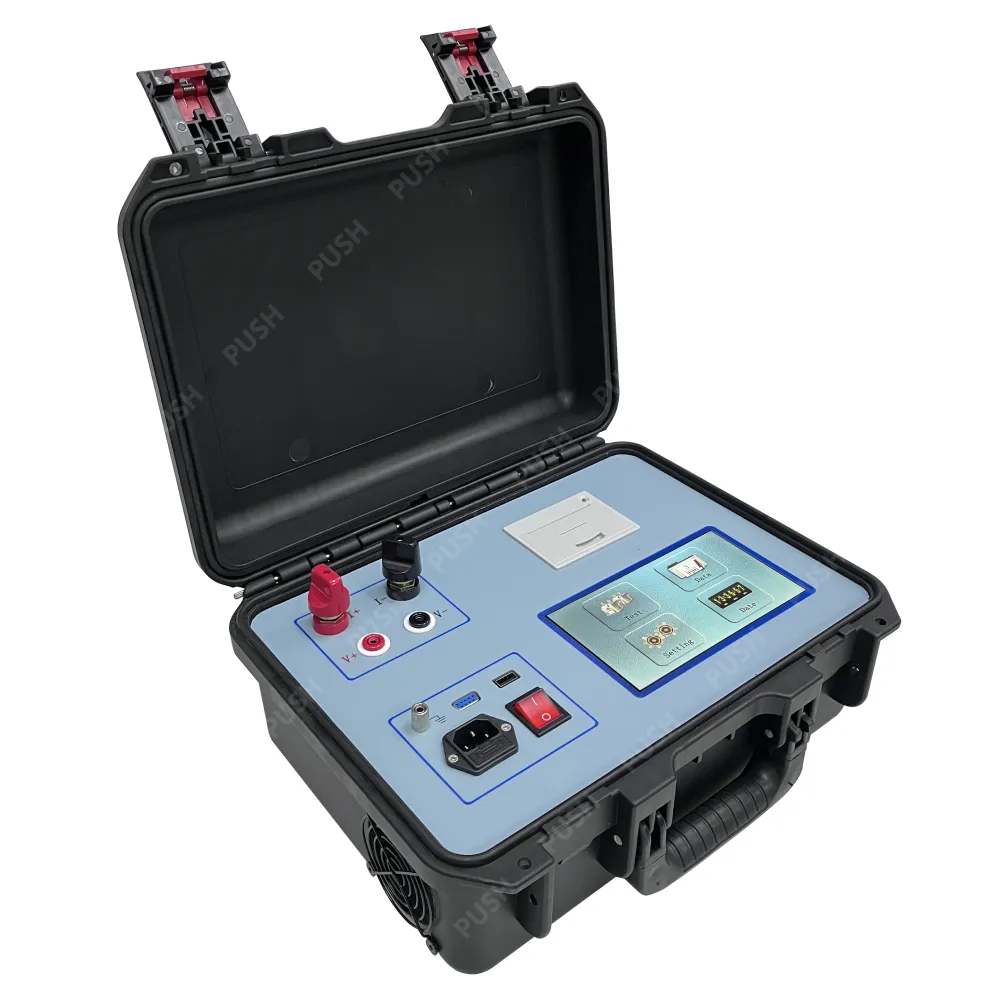 English
English



-
 Afrikaans
Afrikaans -
 Albanian
Albanian -
 Amharic
Amharic -
 Arabic
Arabic -
 Armenian
Armenian -
 Azerbaijani
Azerbaijani -
 Basque
Basque -
 Belarusian
Belarusian -
 Bengali
Bengali -
 Bosnian
Bosnian -
 Bulgarian
Bulgarian -
 Catalan
Catalan -
 Cebuano
Cebuano -
 China
China -
 China (Taiwan)
China (Taiwan) -
 Corsican
Corsican -
 Croatian
Croatian -
 Czech
Czech -
 Danish
Danish -
 Dutch
Dutch -
 English
English -
 Esperanto
Esperanto -
 Estonian
Estonian -
 Finnish
Finnish -
 French
French -
 Frisian
Frisian -
 Galician
Galician -
 Georgian
Georgian -
 German
German -
 Greek
Greek -
 Gujarati
Gujarati -
 Haitian Creole
Haitian Creole -
 hausa
hausa -
 hawaiian
hawaiian -
 Hebrew
Hebrew -
 Hindi
Hindi -
 Miao
Miao -
 Hungarian
Hungarian -
 Icelandic
Icelandic -
 igbo
igbo -
 Indonesian
Indonesian -
 irish
irish -
 Italian
Italian -
 Japanese
Japanese -
 Javanese
Javanese -
 Kannada
Kannada -
 kazakh
kazakh -
 Khmer
Khmer -
 Rwandese
Rwandese -
 Korean
Korean -
 Kurdish
Kurdish -
 Kyrgyz
Kyrgyz -
 Lao
Lao -
 Latin
Latin -
 Latvian
Latvian -
 Lithuanian
Lithuanian -
 Luxembourgish
Luxembourgish -
 Macedonian
Macedonian -
 Malgashi
Malgashi -
 Malay
Malay -
 Malayalam
Malayalam -
 Maltese
Maltese -
 Maori
Maori -
 Marathi
Marathi -
 Mongolian
Mongolian -
 Myanmar
Myanmar -
 Nepali
Nepali -
 Norwegian
Norwegian -
 Norwegian
Norwegian -
 Occitan
Occitan -
 Pashto
Pashto -
 Persian
Persian -
 Polish
Polish -
 Portuguese
Portuguese -
 Punjabi
Punjabi -
 Romanian
Romanian -
 Russian
Russian -
 Samoan
Samoan -
 Scottish Gaelic
Scottish Gaelic -
 Serbian
Serbian -
 Sesotho
Sesotho -
 Shona
Shona -
 Sindhi
Sindhi -
 Sinhala
Sinhala -
 Slovak
Slovak -
 Slovenian
Slovenian -
 Somali
Somali -
 Spanish
Spanish -
 Sundanese
Sundanese -
 Swahili
Swahili -
 Swedish
Swedish -
 Tagalog
Tagalog -
 Tajik
Tajik -
 Tamil
Tamil -
 Tatar
Tatar -
 Telugu
Telugu -
 Thai
Thai -
 Turkish
Turkish -
 Turkmen
Turkmen -
 Ukrainian
Ukrainian -
 Urdu
Urdu -
 Uighur
Uighur -
 Uzbek
Uzbek -
 Vietnamese
Vietnamese -
 Welsh
Welsh -
 Bantu
Bantu -
 Yiddish
Yiddish -
 Yoruba
Yoruba -
 Zulu
Zulu
induced overvoltage test
Induced Overvoltage Test Ensuring Electrical System Integrity
In the realm of electrical engineering and power systems, the integrity and reliability of components are paramount. One critical test used to assess the durability of electrical equipment against overvoltage conditions is the Induced Overvoltage Test. This test is instrumental in verifying the performance and resilience of devices such as transformers, insulators, circuit breakers, and various power system components.
Understanding Induced Overvoltage
Induced overvoltage occurs when external electromagnetic fields (such as those produced by nearby energized conductors) induce voltage spikes in nearby electrical equipment. These voltage spikes can significantly exceed the normal operating voltage, potentially leading to insulation failure, equipment damage, or catastrophic system failures. Therefore, conducting induced overvoltage tests helps simulate these stress conditions to ensure that equipment can withstand them without degradation.
The Testing Process
The induced overvoltage testing process typically involves subjecting the equipment under study to voltage levels that are significantly higher than its rated operational voltage
. This is usually achieved using high-voltage transformers or resonant circuit setups that can generate the required induced voltages. The test equipment creates a controlled environment where the electric field can effectively couple with the device being tested.Specific parameters are monitored throughout the test, including voltage levels, current flow, and the physical condition of the equipment. The test continues for a predetermined duration, often designed to mimic real-world conditions, where the induced voltage might occur. After the test, the equipment is evaluated for signs of failure, insulation breakdown, or any other form of damage that might have occurred during the exposure.
Importance of the Induced Overvoltage Test
induced overvoltage test

The Induced Overvoltage Test plays a critical role in several areas
1. Quality Assurance Manufacturers use this test as part of their quality control processes, ensuring all components meet required safety standards and performance criteria. This is vital for maintaining the reliability of electrical systems, especially in critical applications such as power generation and distribution.
2. Preventing Failures By identifying potential weaknesses in a component's insulation or overall design, the test helps prevent future failures in the field. This proactive approach can save companies significant costs associated with equipment downtime, maintenance, and potential liability.
3. Compliance with Standards Many international and regional standards, such as IEC and IEEE regulations, mandate productive testing for electrical components. Conducting induced overvoltage tests assists manufacturers in meeting these regulatory requirements, facilitating smoother market entry and enhancing consumer trust.
4. Enhancing Safety Electrical equipment that can withstand induced overvoltage is less likely to pose hazards to personnel and the surrounding environment. Ensuring that devices are capable of withstanding extreme conditions is a step towards creating a safer operational atmosphere.
Conclusion
In summary, the Induced Overvoltage Test is an essential component of electrical system design and maintenance, providing invaluable insights into the robustness of electrical equipment. As technology advances and the demand for reliable electrical systems continues to grow, this test will remain a cornerstone in the effort to ensure safety, compliance, and operational efficiency in the global energy landscape. By continually improving testing methods and understanding induced overvoltage, engineers can work towards developing even more reliable and resilient electrical systems for the future.
-
Ensuring SF₆ Gas Safety: Introducing PUSH’s Integrated SF₆ Analyzer for Dew Point, Purity, and Decomposition MonitoringNewsJul.10,2025
-
Exploring the Main Types of Industrial Endoscopes and Their Applications Across IndustriesNewsJul.04,2025
-
Testing Equipment Industry Sees Major Advancements in 2025: Smart & Precision Technologies Lead the WayNewsJun.06,2025
-
Applications of Direct Current Generators in Renewable Energy SystemsNewsJun.05,2025
-
Hipot Tester Calibration and Accuracy GuidelinesNewsJun.05,2025
-
Digital Circuit Breaker Analyzer Features and BenefitsNewsJun.05,2025



